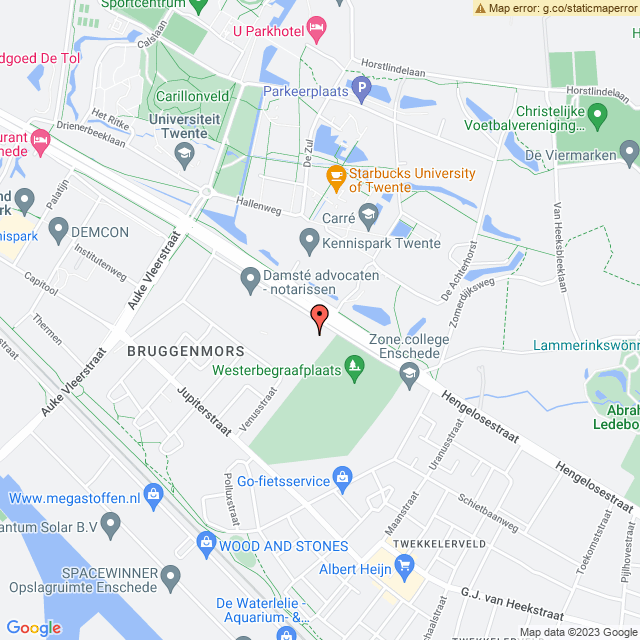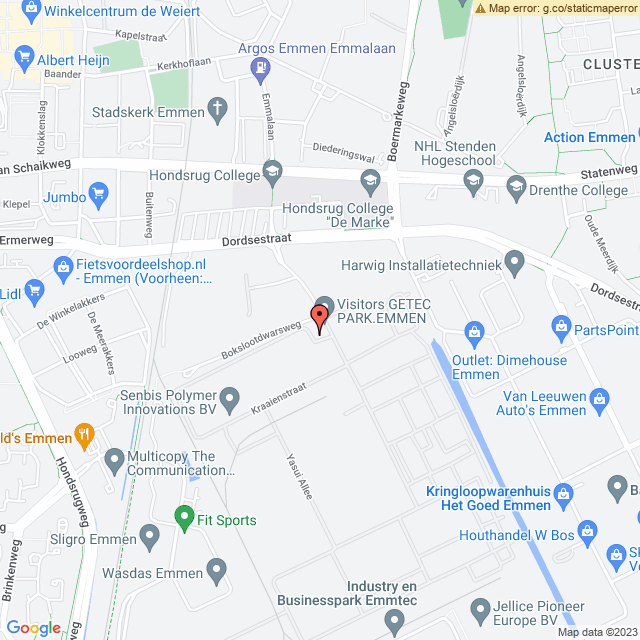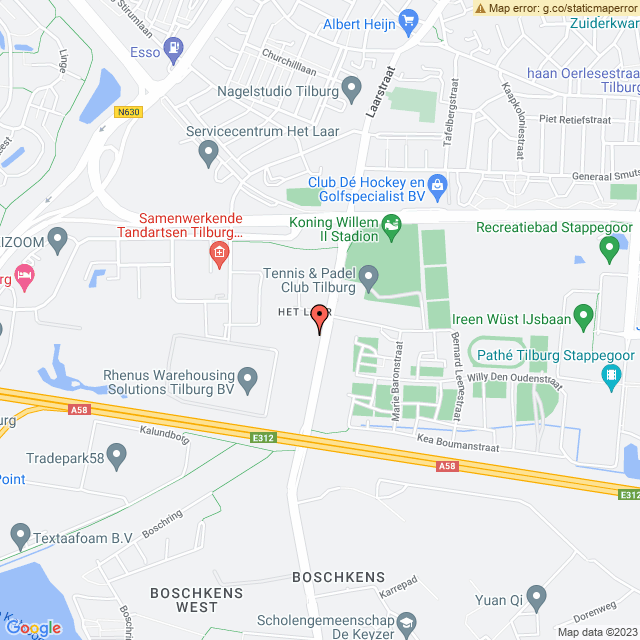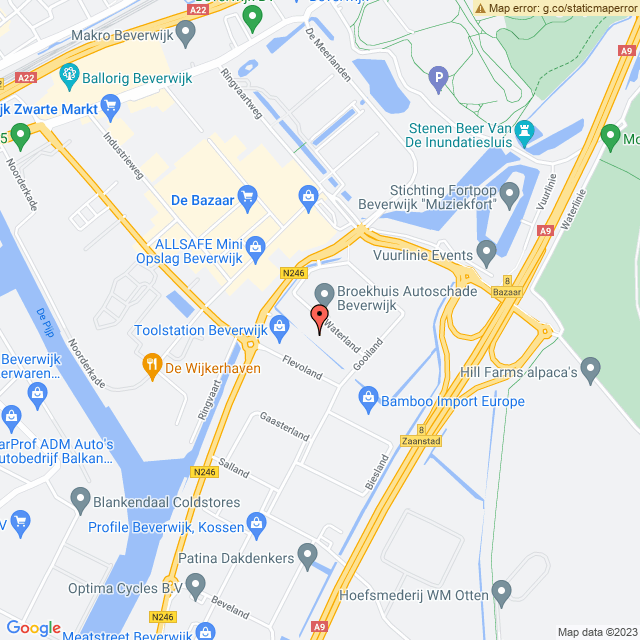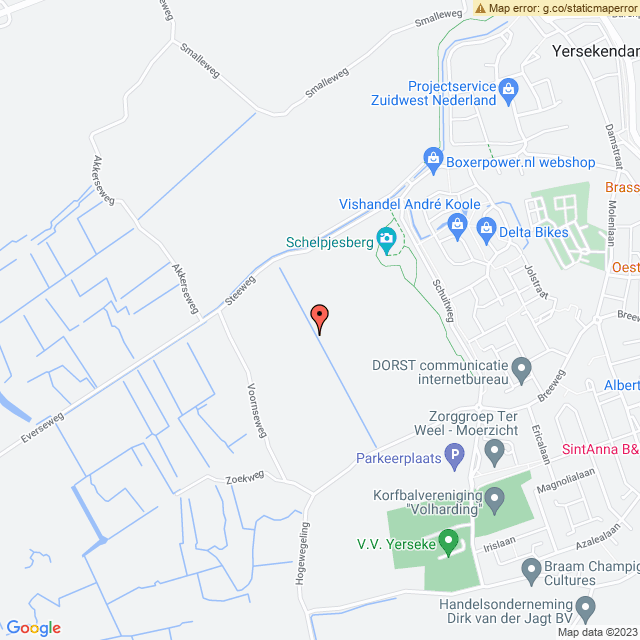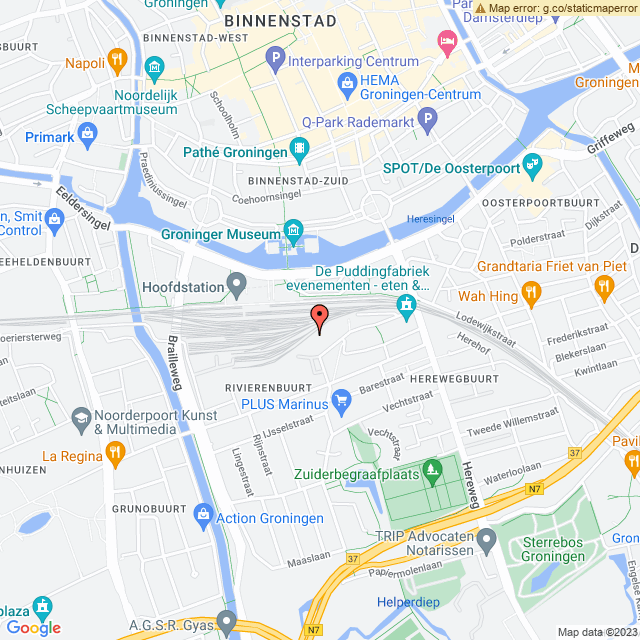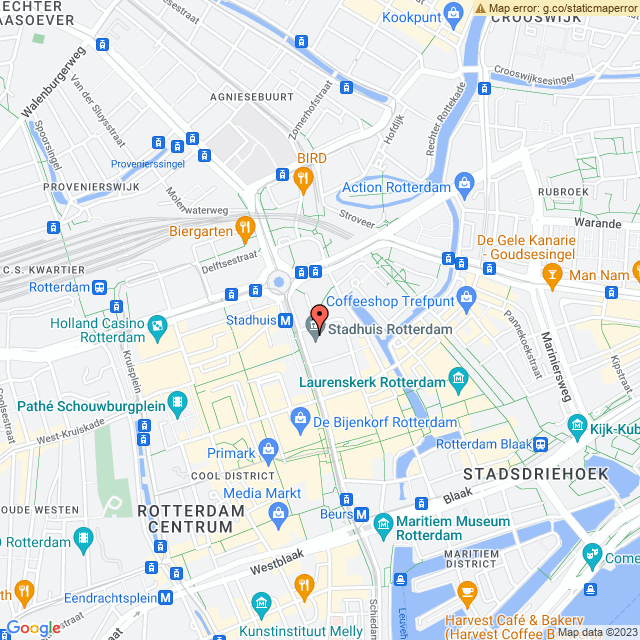There are several aphid species that transmit plant viruses in arable crops like potatoes and beets. Current monitoring methods for field crops rely on trapping methods that need to be analyzed by an expert and which, at best, shows how many aphids have infested the field the previous week.
The aim of the project is to develop instruments that will enable the farmer to decide, if a spray is needed, based on a long-term prognosis involving the date of immigration and abundance of the aphids in the potato field. The farmer gets informed when aphids are predicted and further on monitored by electronic traps. With that real-time information on aphid infestations, farmers will be able to respond quickly and more adequately to this pest and the viruses it transmits. Pessl Instruments has those iScout devices already on the market for automatic insect detection and recognition (www.metos.at/iScout) . These are traps equipped with cameras and a self-sufficient control unit for power supply. Images can be sent several times a day to the cloud to be analyzed. Automatic detection of the caught insects is provided in the FieldClimate portal and acts as a decision support system. However, for such small insects like aphids, the camera and methods are not yet accurate enough and need therefore adaptations. Further on another approach then real-time detection is to be able to predict when aphids start to fly and may infest crops in a region. Currently, there are no reliably predictive models for aphids in the Netherlands. The variable climate makes it difficult to find correlations between weather data and aphid counts. With AI, however, we might be able to find patterns in weather and aphid counts that have not yet been detected before. Especially if we also take weather data from previous years into account. In order to tackle the problems mentioned above Pessl would like to investigate 2 R&D tracks.
Data analysis: In this part, we work on a prediction model for the first aphid flight in spring using historical data of the weather from Pessls partner MeteoBlue and correlate them with aphid counts (detections from NAK) analyzed by AI. Interesting is to see how the data stream should look like for such a model.
Trap optimization: As mentioned above the current traps have limitations for aphid recognition. Several alterations to the current system will be provided to the project where the system will be optimized for aphid recognition. The goal is first to recognize aphids as being aphids, preferably seeing the difference between black and green aphids, and ultimately to be able to recognize the aphid genera. The alterations will be for instance different types of glue and different types of lights (illumination, which influence the automatic detection) in the traps. The traps will be placed at the farm of the future in the potato fields for aphid catching.


